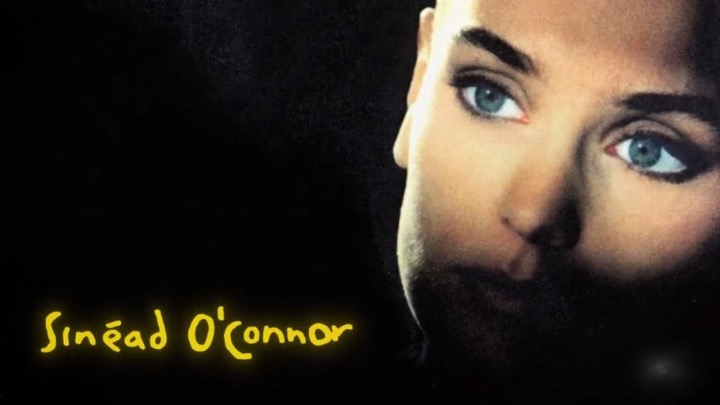Life is a roller-coaster ride of emotions. It’s filled with joy, excitement, and love, but also sadness. And what better way to express our sorrow than through music? Sad songs have a unique way of touching our hearts and evoking deep emotions. They soothe our souls, making us feel understood and less alone in our sadness. This article explores the world of sad songs, from the most heart-wrenching ballads to the tunes that make us cry uncontrollably.
The Power of Sad Songs
Sad songs are powerful. They encapsulate human emotions in a way few other art forms can. They tap into our deepest fears, insecurities, and heartbreaks, offering a cathartic release. But why do we gravitate towards music that makes us feel blue? Scientists believe that listening to sad music can actually make us feel better. It provides a safe space to explore negative emotions without real-life implications. In a way, sad songs are like a soothing balm for our bruised souls.
The Anatomy of a Sad Song
Sad songs have certain elements that set them apart from other music genres. The lyrics often tell a story of loss, heartbreak, or longing. The melody is typically slow and sombre, with minor chords that evoke a sense of melancholy. The singer’s voice often conveys raw emotion, making the listener feel their pain and sorrow.
The Timeless Appeal of Sad Songs
Depressing songs have been a part of our musical landscape for centuries. From classical compositions to modern pop hits, artists have always used music to express their sadness. The beauty of these songs lies in their universal appeal. Regardless of our age, background, or experiences, we can all relate to the feelings of sadness and loss conveyed in these songs.
The Saddest Songs of All Time
While it’s impossible to rank sad songs objectively, certain tunes have resonated with listeners worldwide due to their emotional depth. Here are some of the saddest songs ever recorded, each with its own unique story and emotional resonance:

“Nothing Compares 2 U” by Sinéad O’Connor
This haunting ballad, originally penned by Prince, became a global hit in the hands of Irish singer Sinéad O’Connor. The song’s poignant lyrics, coupled with O’Connor’s powerful vocal delivery, make it one of the most memorable sad songs in music history.
“The River” by Bruce Springsteen
“The River” is a mournful account of two young lovers forced into a joyless marriage due to an unplanned pregnancy. This song stands as a testament to Bruce Springsteen’s ability to capture the human condition in his music.
“Someone Like You” by Adele
Adele’s soulful voice and the song’s heartbreaking lyrics about unrequited love make “Someone Like You” an emotional tour de force. It’s a song that speaks to anyone who’s ever loved and lost.
“I Will Always Love You” by Whitney Houston
Whitney Houston’s version of this Dolly Parton classic is nothing short of a masterclass in vocal performance. The song tells the story of a love that’s ended, yet the feelings of love and longing persist.
“Hurt” by Johnny Cash
This melancholic cover of Nine Inch Nails’ song became one of Johnny Cash’s most revered performances. Recorded less than a year before his death, it serves as an all-American epitaph, capturing the essence of memory, pain, and thwarted ambition.
The Rise of Sad Songs in Pop Culture
Sad songs have gained a significant foothold in contemporary pop culture. They feature prominently in films, TV shows, and even viral social media content. A sorrowful tune can heighten the emotional intensity of a scene, making it all the more memorable and impactful.
The Therapeutic Effects of Sad Songs
Despite their sombre tones, sad songs can have a therapeutic effect. They allow us to confront our own feelings of sadness, helping us process and understand them better. In a way, they provide a form of emotional release, helping us heal and move forward.
The Role of Sad Songs in Mental Health Awareness
In recent years, many artists have used sad songs to raise awareness about mental health issues. These songs help destigmatise mental health conditions like depression and anxiety, encouraging listeners to seek help and support.
The Future of Sad Songs
As long as there are emotions, there will be sad songs. They are an integral part of our musical landscape, reflecting our collective human experience. And while musical styles and trends may evolve, the emotional depth and resonance of sad songs will ensure their enduring appeal.
Conclusion
So, the next time you find yourself reaching for a tub of ice cream and a playlist of sad songs, remember that it’s more than just an indulgence. It’s a form of emotional exploration and healing. As Leonard Cohen once sang, “There is a crack in everything; that’s how the light gets in.”
You might also like:


